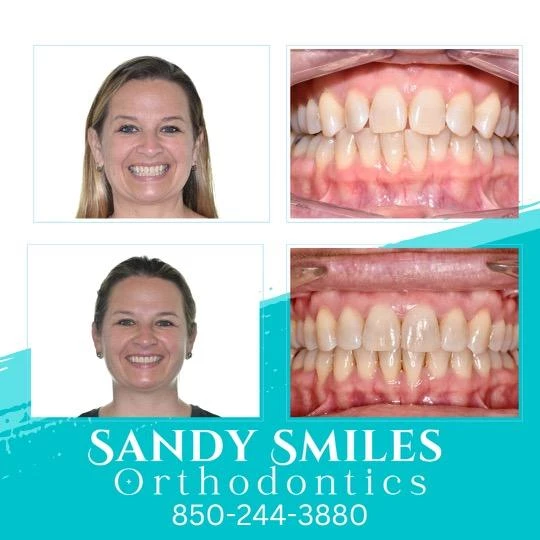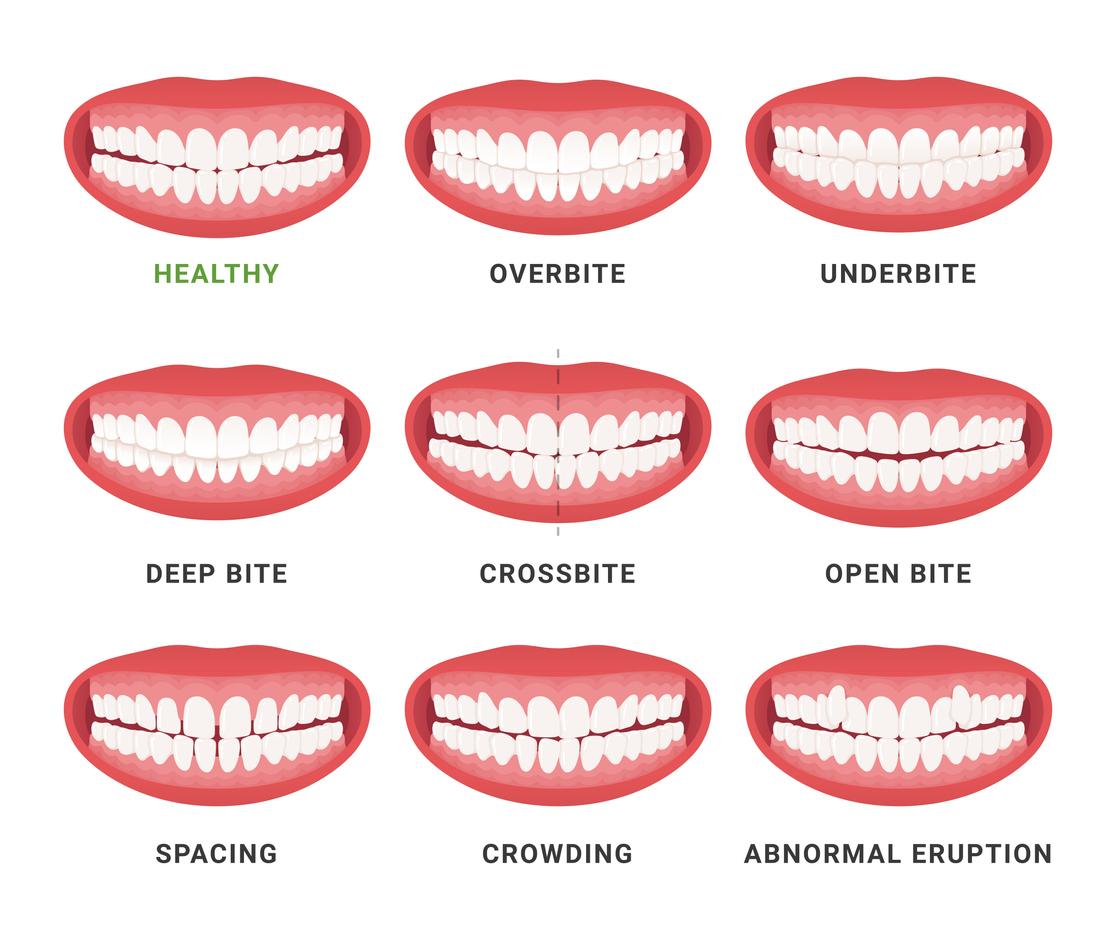Invisalign vs. Typical Braces: Which Choice Is Right for You?
When thinking about orthodontic therapy, the choice between Invisalign and standard dental braces offers numerous important elements that merit cautious analysis. Invisalign supplies a very discreet alternative with removable aligners, while conventional dental braces give an extra noticeable yet reliable solution for extreme imbalance. Each option encompasses distinct benefits and downsides related to looks, convenience, therapy duration, and cost. Understanding these nuances is crucial for making an educated choice that straightens with your individual preferences and lifestyle. The question remains: which alternative will best satisfy your orthodontic demands and assumptions?
Overview of Therapy Choices

On the other hand, standard braces contain metal brackets and cables that are adhered to the teeth. This method applies constant stress over time to accomplish positioning. While reliable for complex orthodontic issues, standard dental braces call for regular sees for changes and can pose difficulties in preserving dental health due to the trouble of cleansing about brackets and cords.
Both options have their benefits, and the option usually hinges on specific dental conditions, way of life preferences, and patient compliance. Eventually, getting in touch with an orthodontic specialist is crucial for identifying the most ideal treatment strategy customized to specific demands. Recognizing the subtleties of each option can substantially influence the general success of orthodontic therapy.
Aesthetic Factors To Consider
A significant variable influencing the choice between Invisalign and traditional dental braces is the visual charm each treatment supplies. Invisalign aligners are crafted from clear plastic, making them virtually invisible when put on. This very discreet appearance is particularly interesting teenagers and grownups who may really feel awkward regarding their orthodontic therapy. The capacity to preserve a natural smile throughout the placement procedure can considerably enhance the person's confidence in social and professional settings.
In comparison, traditional braces are composed of metal brackets and wires, which can be a lot more visible. While innovations in orthodontic innovation have actually resulted in the growth of smaller sized brackets and tinted elastics, traditional braces still keep a more obvious profile. For some people, the visibility of dental braces might discourage them from looking for necessary treatment.
Eventually, the selection between Invisalign and traditional braces might depend upon personal preferences regarding aesthetics. Individuals that prioritize discretion usually lean toward Invisalign, while those that are much less worried concerning visibility may choose traditional braces. Recognizing the visual implications of each choice is critical for making an informed decision that lines up with one's way of life and choices.
Convenience and Convenience

In terms of ease, Invisalign aligners are removable, allowing clients to enjoy their favorite foods without limitation and maintain optimum dental hygiene. Cleaning and flossing are streamlined, as the aligners can be taken out throughout these regimens, whereas conventional dental braces need careful steering around cables and braces.
In contrast, typical braces require normal adjustments, making them much less hassle-free for those with busy routines. Generally, the convenience and benefit of Invisalign make it an enticing selection for numerous people looking for orthodontic therapy.
Treatment Duration and Efficiency
While both Invisalign and typical braces work in remedying oral imbalances, the duration of treatment can vary considerably in between both choices. Typically, Invisalign treatment can take anywhere from 12 to 18 months, relying on the intricacy of the case. The clear aligners work by slowly moving teeth right into their wanted placements, and normal follow-ups with an orthodontist help guarantee development stays on the right track.
On the other hand, typical dental braces often call for a longer dedication, generally varying from 18 months to 3 years. This results from their set nature and using braces and wires, which can be much more effective for severe misalignments and complex cases (Invisalign). The therapy efficiency of conventional braces is well-documented, as they permit precise adjustments and higher control over tooth motion
Eventually, the choice between Invisalign and typical braces might depend upon both the awaited therapy period and the certain dental issues handy. Consulting with an orthodontist is vital, as they can supply tailored recommendations based upon private requirements, making sure the chosen approach lines up with preferred outcomes and timeframes.
Expense Comparison and Insurance Policy Choices
Cost plays a substantial function in the decision-making procedure for people thinking about orthodontic treatment, whether choosing for Invisalign or conventional dental braces. Generally, the cost of Invisalign ranges from $3,000 to $8,000, while traditional dental braces usually cost in between $2,000 and $6,000. Factors affecting these costs consist of the intricacy of the case, the period of therapy, and geographical area.
Insurance policy insurance coverage can considerably impact out-of-pocket expenditures. Resources Lots of dental insurance policy plans supply partial coverage for orthodontic therapies, but the specifics can vary extensively. It is important for people to evaluate their insurance plan to figure out the level of protection for either alternative. official site Generally, conventional dental braces might be much more often covered by insurance policy plans compared to Invisalign, which some insurance firms categorize as a cosmetic treatment.
Furthermore, a number of orthodontic techniques supply adaptable payment plans, making both treatment options more available. Clients must ask about possible funding choices and discount rates for in advance repayments. Examining the overall expense, including insurance coverage benefits and payment plans, is essential for making an informed decision that lines up with both aesthetic choices and budget considerations.

Verdict
In recap, the option between Invisalign and conventional braces hinges on numerous variables, including aesthetic choices, comfort, treatment period, and cost. Invisalign offers a discreet, detachable alternative that promotes dental hygiene and dietary adaptability, while typical dental braces may be better for intricate oral issues and often come with a reduced price factor. Eventually, assessment with an orthodontist is essential to analyze private situations and determine one of the most suitable therapy choice for attaining ideal dental placement.
When thinking about orthodontic therapy, the option in between Invisalign and standard braces provides numerous essential factors that warrant careful examination.Comparing Invisalign and standard braces exposes distinct treatment alternatives for orthodontic adjustment.While both Invisalign and typical braces are reliable in correcting oral imbalances, the duration of treatment can differ substantially in between the two options.Expense plays a significant function in the decision-making procedure for individuals taking into consideration orthodontic treatment, whether choosing for Invisalign or traditional braces.In recap, the selection between Invisalign and standard braces pivots go to the website on numerous elements, consisting of visual preferences, comfort, treatment duration, and expense.